The open-source Multi-chain Crypto Wallet Development is a framework for building blockchain applications that can operate within organizations or between organizations. Organizations can utilize these private blockchains to conduct financial transactions.
In addition to ensuring stability and control over the transactions, the multichain blockchain’s goal is to maintain strict visibility amongst the selected parties. By controlling the costs related to it and providing proof of effort, it makes the mining process more convenient.
The platform offers a straightforward command-line interface and an API that are both appropriate for financial operations. The Multi-chain Crypto Wallet Development has many built-in capabilities, such as simple per-chain configuration, native assets, data stream, and permission management. Because it offers scalability, confidentiality, and compliance, these applications make a good fit for enterprise-level applications.
The tools inside the multichain blockchain network are flexible and developer-friendly, while the network is a relatively lightweight private network that is simpler to implement and operate. The use of several programming languages is also permitted. Native tokens, which are the network’s assets, can be created and traded between users on the web.
How Does Multichain Work?
When two blockchain nodes link to one another via a peer-to-peer network, multichain occurs. Each node’s identity is represented by an address that includes a set of permissions. As a result, each node communicates with the other users, and the peer-to-peer connection terminates if the users do not receive any positive responses. Handshaking describes the relationship between two nodes that creates a multichain blockchain.
How Does Mining Happen?
A distributed consensus process is used by a group of network administrators to conduct mining. The Multi-chain Crypto Wallet Development uses a recognizable collection of things to identify the miners, and it introduces a mining diversity criterion with a value range of 0 to 1. The following steps are taken to confirm a block’s effectiveness.
Applying the modifications to permissions that blocks and transactions have imposed.
After the revisions, arrive at the overall number of miners who have been approved.
Round up the result of the mining diversity multiplier.
Near-zero transaction costs and block rewards, as well as the flawless operation of the blockchain, are the miners’ perks. However, the miners can receive payment in the local currency in exchange for tokenized assets.
The distinctive characteristics of multichain blockchain are listed below:
#1. Permissions
In multichain, network administrators define access rights; often, developers do this by default. The platform’s built-in capabilities enable developers to adapt the network to match criteria such as mining diversity, consensus mechanism, mining payouts, access permissions, blockchain privacy, etc. In multichain, permissions are granted and revised via network transactions that contain specific data.
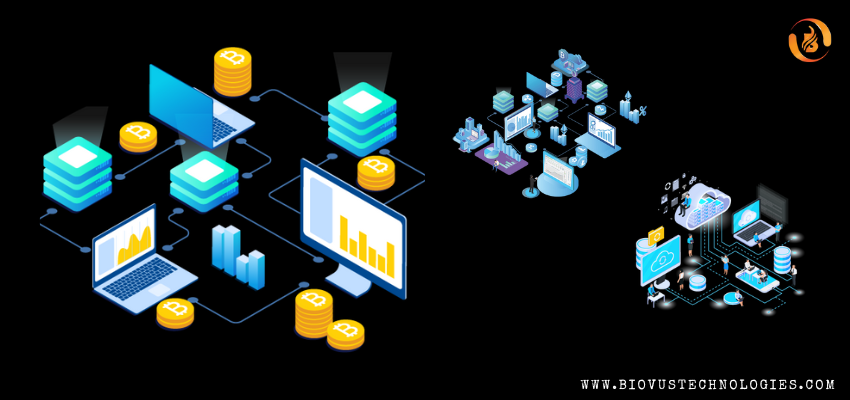
#2. Streams
On the multichain blockchain network, streams are private shared databases that can be used for data access and retrieval, time stamping, and archiving. Streams are collections of data objects, each of which includes a timestamp, a digital signature, and maybe a key for data retrieval. The streams can be open, meaning that anyone can write them. It can also be closed or open exclusively to chosen users.
#3. Assets
Assets are the term for the native coins of the blockchain. Multichain blockchain enables the development and management of native assets at the blockchain level. Each node checks how many assets are stored in the blockchain.
#4. Scalability
Dual chain data storage techniques are used by multichain blockchains. That basically means that any information that has been published can either be on the chain or off the chain, depending on the situation. In contrast to other blockchains, the data is not copied across all nodes. Only those who are supposed to see the dataset are given access to the decryption key. This allows Multichain blockchain to process up to 2000 transactions per second.
The Future Of Multichain Blockchain
For the blockchain technology trend to become a high-growth industry, it will be crucial to solving the current blockchain problems. The future of blockchain is multichain, which would make it easier for businesses like banking and finance to use the technology. If there was no such interoperability, transactions between banks using various blockchains would be very difficult. However, a multichain approach would make data transmission simple but also rapid and secure.
Think of Ethereum and other significant layer-one blockchains as cities. They are more expensive and busy, but they also have some benefits. Contrarily, layer-two blockchains and sidechains are more like the suburbs. They are possibly less secure and less crowded. If there existed a reliable method of swift transit between both groups, users might enjoy the best of both worlds.
We need to be ready to adopt a multichain strategy in order to minimize laborious transactions and give end consumers a frictionless experience in order to prepare for the widespread adoption of Web 3.0, which will witness an influx of over a billion users.
With unique features including scalability, a faster transaction speed, and the ability to connect blockchains, multichain blockchain has upgraded blockchain technology for usage by businesses. Multichain blockchain is being embraced by banks and other financial organizations because of these properties that make it suitable for financial transactions. So if you want a seamless blockchain experience that businesses can install at a faster transaction speed, start your adventure on Multichain.
End Note
With unique features including scalability, a faster transaction speed, and the ability to connect blockchains. Multichain blockchain has upgraded blockchain technology for usage by businesses. Multichain blockchain is being embraced by banks and other financial organizations. Because of these properties make it suitable for financial transactions.
visit us on: www.biovustechnologies.com

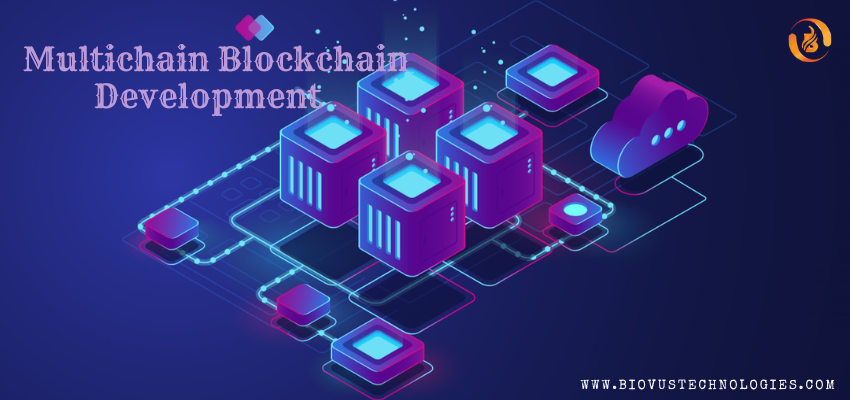


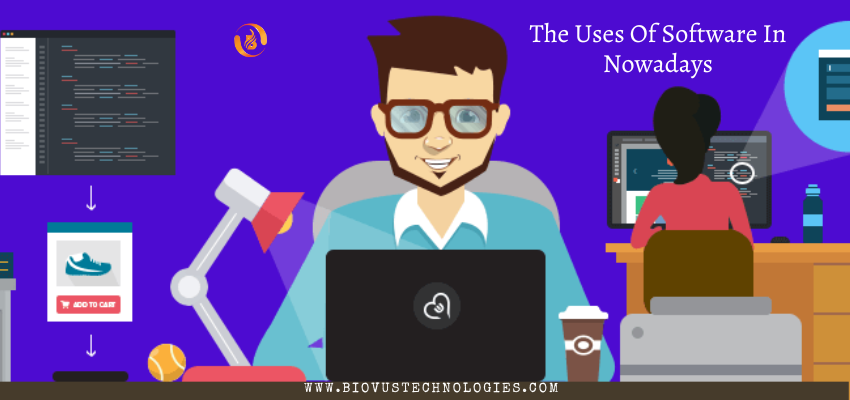
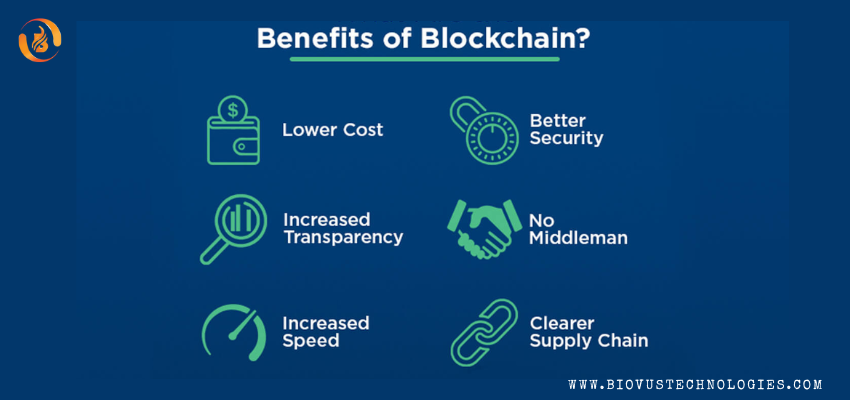
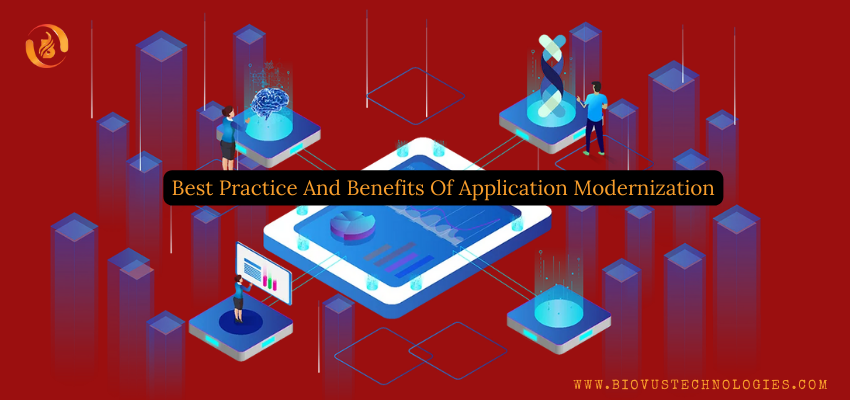

Comment on “Multichain Blockchain Development – Overview”